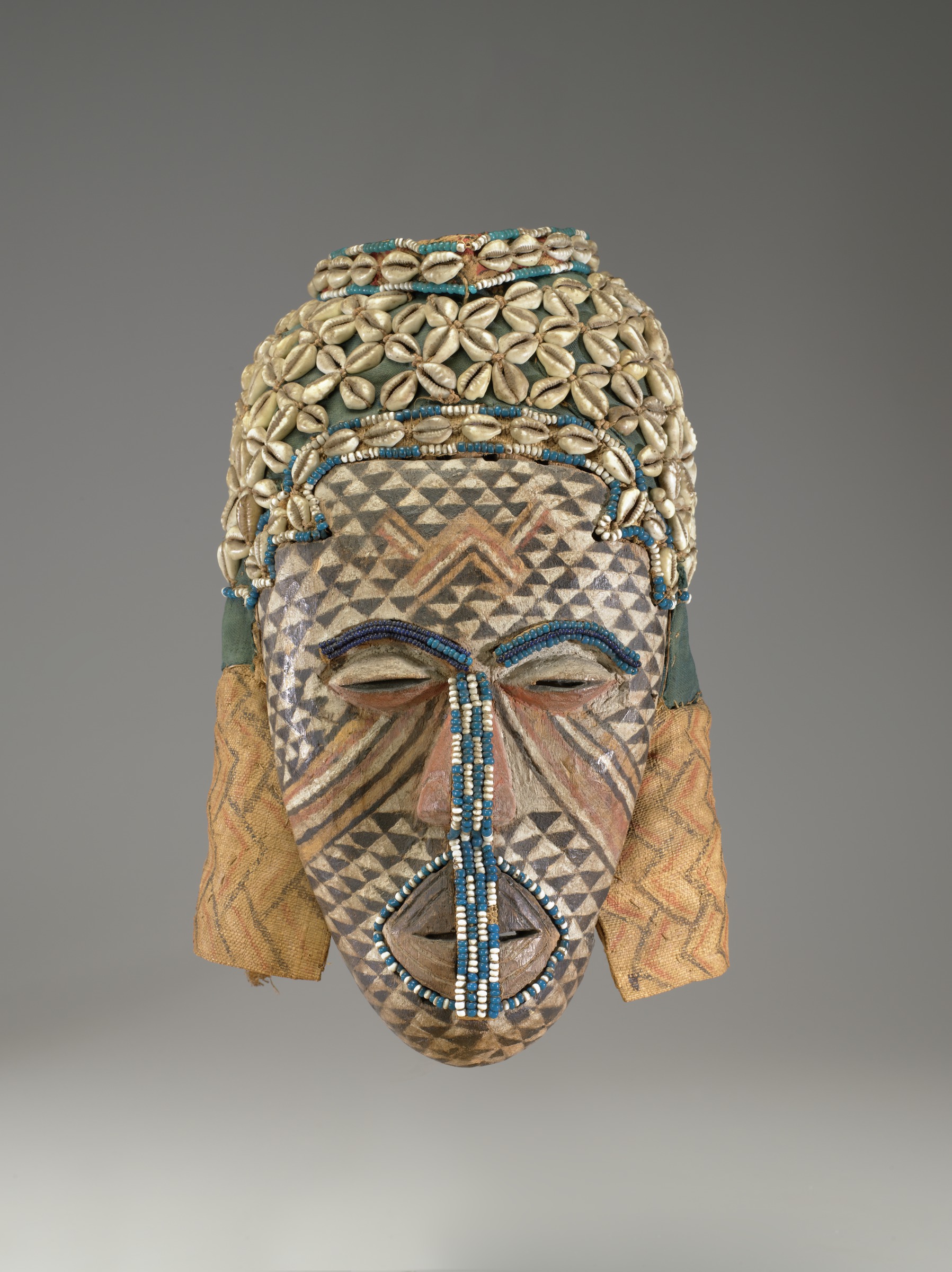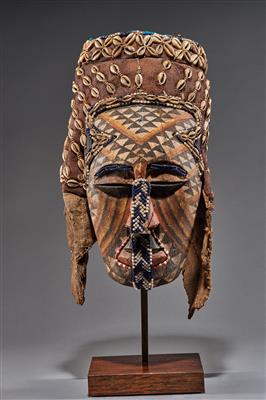The Kuba Kingdom, located in the heart of the Democratic Republic of the Congo, boasts a rich tradition of artistry, particularly seen in the unique Ngady Amawaash masks. As someone who has always been fascinated by African art, it’s a privilege to dive into the exquisite ways Kuba artists embellish these masks—a subject that carries profound cultural and social significance.
The Cultural Significance of Ngady Amawaash Masks
The Ngady Amawaash mask is not merely an art piece; it represents the ideals of beauty and morality within the Kuba culture. Traditionally used in rituals and ceremonies, these masks personify the ancestors and embody feminine beauty. Decorating these masks is an intricate process that reflects the artist’s identity, community values, and religious beliefs. Let’s explore this decoration process further.
Historical Context
Ngady Amawaash masks date back to the pre-colonial era of the Kuba Kingdom. They were traditionally worn by women during significant ceremonies, such as initiation rites. The elaborate decorations on the masks often depict social status, lineage, and the spiritual connection between the living and the deceased.
Materials Used in Decoration
Kuba artists utilize a variety of materials to decorate their Ngady Amawaash masks. The choice of material often reflects cultural significance and availability. Here are some commonly used materials:
Natural Dyes and Pigments
Natural dyes from plants, minerals, and even insects are often used. These pigments not only provide color but also connect the masks to nature and the spiritual world.

Textiles
Intricate cloths, often adorned with elaborate patterns, are sewn onto the masks. These textiles are sourced locally and reflect the Kuba’s craftsmanship.
Carved Wood
The base of the Ngady Amawaash mask is made from wood, usually carved from local trees. The carving process itself is an art form that requires skill and devotion.

Decoration Techniques
The decoration of Ngady Amawaash masks is a labor of love that fuses traditional techniques with individual artistry. Below are some common techniques used by Kuba artists.
Engraving and Carving
Before adding color or fabric, artists meticulously engrave designs onto the wooden surface of the mask. These carvings often symbolize different aspects of Kuba culture, such as fertility, protection, and ancestral wisdom.

Tools Used
- Carving knives
- Gouges
- Files
Layering Techniques
The layering technique involves applying different materials in stages. For instance, artists might first paint the wooden base, then add fabric and finally embellish with beads or shells.

Application Methods
- Stitching: For textiles, stitching ensures they stay in place.
- Gluing: Natural adhesives may be used for smaller embellishments.
Color Symbolism in Decoration
Colors play a vital role in the visual and spiritual language of Ngady Amawaash masks. Each color holds specific meanings and is chosen carefully by the artist.

Common Colors and Their Meanings
| Color | Meaning |
|---|---|
| Black | Represents the ancestors and the earth. |
| White | Symbolizes purity and the spirit world. |
| Red | Denotes strength, vitality, and the blood of ancestors. |
| Yellow | Represents wealth and the sun. |
Personal Experience with Ngady Amawaash Masks
During my travels through the Congo, I had the chance to meet some Kuba artists in a small village. Their passion and dedication to their craft were truly awe-inspiring. Watching them work on a Ngady Amawaash mask was a transformative experience.

A Day in the Workshop
The workshop was filled with the smells of wood shavings and dyes. I watched as one artist carefully chose vibrant fabrics and natural pigments, debating with a colleague about the right color combinations. Their discussions were lively and filled with laughter, showcasing a community deeply rooted in tradition yet open to creative expression.
Comparison with Other African Masks
When we look beyond the Kuba culture, we find that mask-making is a prevalent art form across Africa, each with its distinctive styles and traditions.

Comparison Table: Ngady Amawaash vs. Other African Masks
| Attribute | Ngady Amawaash | Dogon Masks | Chokwe Masks |
|---|---|---|---|
| Use | Ceremonial | Ceremonial and theatrical | Cultural and ritualistic |
| Materials | Wood, textiles, natural dyes | Wood, metal, paint | Wood, beads, fabric |
| Symbolism | Feminine beauty and morality | Spiritual and ancestral connections | Sacred and medicinal |
Pros and Cons of Ngady Amawaash Mask Decoration
Pros
- Deep cultural significance that enriches the mask’s value.
- Unique craftsmanship that highlights the skill of the artists.
- Utilizes sustainable materials, reflecting an ecological conscience.
Cons
- Time-intensive process may limit the number of masks produced.
- Market demand can sometimes overshadow traditional techniques.
FAQs About Ngady Amawaash Masks
What is the purpose of the Ngady Amawaash mask?
The Ngady Amawaash mask is used in various ceremonies, primarily to honor ancestors and represent feminine beauty within the Kuba culture.
How long does it take to decorate a Ngady Amawaash mask?
The decoration process can take from several days to weeks, depending on the complexity and the techniques used.
Where can I see Ngady Amawaash masks on display?
Many museums around the world, as well as cultural exhibitions in Africa, feature Ngady Amawaash masks as part of their collections.
Conclusion
The Ngady Amawaash masks are more than just artistic expressions; they encapsulate the Kuba community’s history, values, and spirituality. The decoration techniques employed by Kuba artists reflect a profound dedication to their culture, showcasing both their craftsmanship and creativity. My experience with these artists has deepened my appreciation for their work, and I hope it inspires you to explore the beauty of African art further.